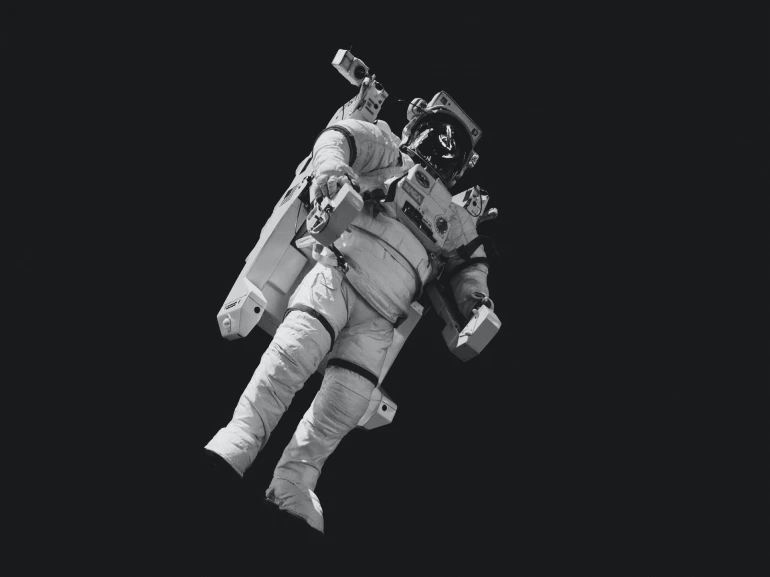- Regular maintenance and inspections are essential for aircraft safety and longevity.
- Pre-flight, annual, and progressive inspections ensure all components are working correctly.
- Aircraft repairs must be done with the proper safety gear, certified parts, and plane tail stands/jacks.
- Flight planning and avionics technologies enhance safety and efficiency during operations.
If you’re an aviation enthusiast, you know that flying is more than just an activity — it’s a lifestyle. And as with any lifestyle, certain aspects demand attention and care to ensure your experience stays safe, enjoyable, and hassle-free. One of these crucial aspects is aircraft maintenance and operations, which form the pillars upon which air travel rests. Here are its important elements.
The Importance of Regular Maintenance:
Aircraft maintenance plays a crucial role in ensuring that your aviation experience remains safe and secure. Just like any other machine, airplanes require regular checks and maintenance to identify and mitigate potential issues that could lead to accidents or operational failures.
To ensure proper functioning, every component requires careful attention, from the engines and electrical systems to the landing gears and avionics. That’s why regular maintenance schedules should be strictly adhered to to ensure your aircraft’s longevity and safety.
If possible, it’s also best to employ trained technicians who can perform the maintenance and repairs correctly. That way, you’ll have peace of mind knowing that your aircraft is in good hands.

Understanding Aircraft Inspections:
Aircraft inspections are mandatory as per Federal Aviation Administration (FAA) guidelines and serve as a critical component of aircraft maintenance. Different types of inspections exist, each with a unique purpose and scope. Here are some examples:
Pre-flight Inspections
A pre-flight inspection is an incredibly important component of aircraft maintenance and operations, as it checks the overall condition of the aircraft prior to takeoff. This includes a visual check of all components, such as the control surfaces and landing gear, as well as a system-by-system evaluation of essential systems like fuel, engine oil, and brakes.
Annual Inspections
An annual inspection is a comprehensive, in-depth evaluation of the aircraft that must be performed at least once per year as part of maintenance and operations. This includes a detailed assessment of all components as well as an inspection of all systems to ensure that they are functioning properly. Any issues found during this inspection must be addressed immediately before the aircraft can be used again.
Progressive Inspections
Unlike annual inspections, progressive inspections take place in stages and involve a detailed examination of certain parts or systems. These can be divided into short-term (daily) and long-term (monthly/yearly) phases, with each stage focusing on specific components.
How Repairs Take Place:
Apart from regular inspections, aircraft may also require repairs at some point during their lifespan. Major repairs involve large-scale components like an engine or avionics system, while minor repairs are typically limited to smaller parts such as brakes and control surfaces. Here are some essentials for aircraft repairs:
Safety Gear
Aircraft repairs must always be carried out with extreme caution and the proper safety gear. This includes protective clothing, gloves, safety glasses, hearing protection, and other items that keep technicians safe while they’re handling components of the plane. Additionally, all tools used to carry out repairs should be certified and regularly inspected to ensure their quality and reliability.
Replacement Parts
When repairs are necessary, aircraft technicians must often replace particular components to ensure the plane is safe and efficient. This requires the use of certified parts that meet manufacturer specifications and FAA guidelines. All replacement parts should be inspected before installation, as even a minor defect can have significant consequences if it isn’t caught in time.
Plane Tail Stand & Jacks
In order to access certain parts of the aircraft for inspection or repairs, technicians must often use a durable plane tail stand and jacks. This helps to elevate the plane higher up so that components on its underside can be accessed and worked on safely.

Flight Planning & Avionics:
Proper flight planning is critical for aviation enthusiasts, as it ensures their safety and enhances the overall flying experience. Flight planning should incorporate all relevant operational aspects, such as weight and balance, fuel consumption, weather updates, and airspace restrictions.
Failure to adhere to flight planning guidelines can lead to severe consequences such as flight delays, mid-air collisions, and other accidents. This is why avionics has also seen significant advances in technology in recent years.
It has revolutionized the way pilots operate and navigate by enhancing safety, efficiency, and functionality. Communication is critical to aviation operations as it enables clear and timely communication between pilots, air traffic controllers, and ground staff.
Aircraft operations and maintenance are the foundation upon which the aviation industry rests. As an enthusiast, understanding these aspects is essential for a safe, enjoyable, and fulfilling flying experience. From understanding the importance of regular maintenance and inspections to staying informed on new technologies, aviation enthusiasts can grow in their knowledge and enhance their experience.


